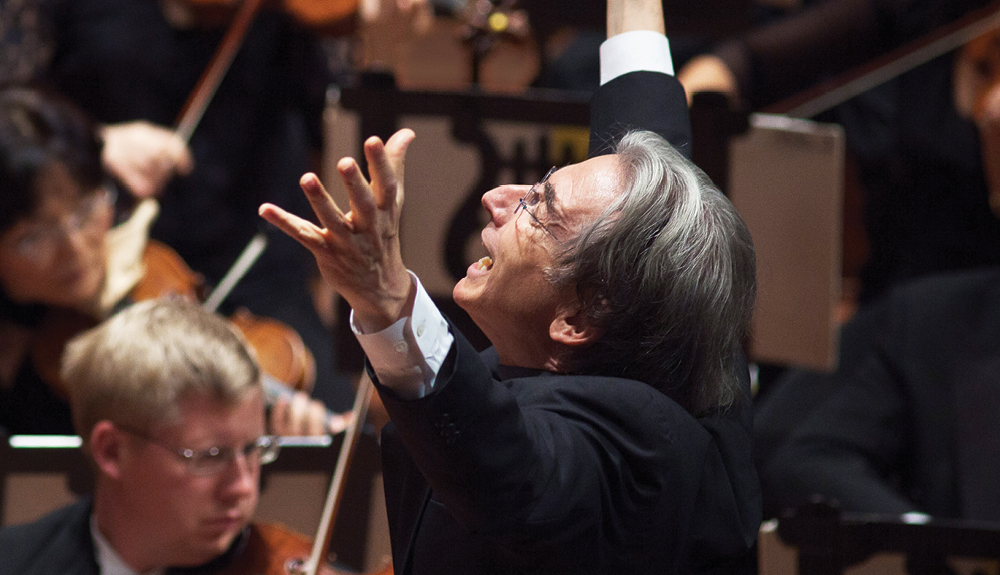
The Most Versatile Composer of All?
“Hats off, gentlemen—a genius.”
The deathless words spoken by Schumann on hearing the music of teenager Chopin could have been echoed in a later century on audition of Igor Stravinsky, surely the most versatile composer of modern times. Stravinsky, the ultimate chameleon of musical inventiveness, launched and triumphed in so many distinct styles, to find a comparison you’d have to turn to Picasso in visual art—and, in earlier eras, polymath geniuses like Hildegard von Bingen and Leonardo da Vinci.
The San Francisco Symphony carved out a generous slice of the Russian-French-American composer’s work in its most recent program, focusing on the latter’s total clarity and articulation of sound, draining the swamps in which older music wallowed. It’s as if the composer were anticipating the digital revolution in sound several decades before the fact while wanting to drop unmistakably into your ear every semidemiquaver on the printed page.
In what could be called Phases 5 and 6 of Stravinsky’s musical periods, the S.F. Symphony linked up with its chorus for both the masterful “Symphony of Psalms” (1930, but with later revisions) and the later “Canticum sacrum” (sacred song). Total dry-eyed articulation prevailed, along with unusual orchestra forces. The latter work called on a modern orchestra reverting to the instrument types used in the early baroque churches, with pipe organ but no clarinets. And neither work had violins, so that the punctuating woodwinds were largely collaborating with the chorus of some 110 voices. The chorus is heavily vowel-oriented, but in the start of “Canticum” at least consonants were strong for a change, leading to greater intelligibility.
The later “Canticum” was in the atonal style of the composer’s final two decades, a bold choice that may have won some plaudits, but few fans. Its Latin texts were sung by baritone Tyler Duncan, who radiated power, and tenor Nicholas Phan, who radiated sheer lyricism. The chorus was disciplined and robust.
By way of contrast there was also the “Symphony in Three Movements,” a full-orchestra work marking Stravinsky’s revulsion over World War Two. The rhythms and accents there are so lucid, you can almost visualize George Balanchine’s dancers doing the ballet version on stage, hopping and moving in perfect synchrony. When heard Sept. 28, the Andante section featured an oboe solo beautifully rendered by Associate Principal James Button.
Conductor Michael Tilson Thomas and his players rendered all these like true believers.
The concert set also included a lucid and airy performance of the Haydn Cello Concerto No. 2, with its “Here We Go Gathering Nuts in May” finale (a humble observation made by the renowned musicologist Donald Tovey, not me). The soloist was young Oliver Herbert, cool as a cucumber at center stage, offering gratifying insights.
MUSIC NOTES—The career of MTT, now 74, overlapped slightly with that of Stravinsky, who lived to nearly 90, both in Los Angeles, thus tracing an arc of continuity going back to 1900 or so. In his meeting MTT recalled Stravinsky’s fascination and enthusiasm for music. One of the composer’s eccentricities was to work at the keyboard in his studio and post on a large board countless snippets of notes he found appealing. He would then cut out the best ones and save them, presumably to be worked into his next score. How many snippets do you need to produce a symphony? The mind boggles.
S.F. Symphony and Chorus with MTT with a mostly Stravinsky program, Sept. 26-28, Davies Hall, S.F. For SFS info: (415) 864-6000, or go online.